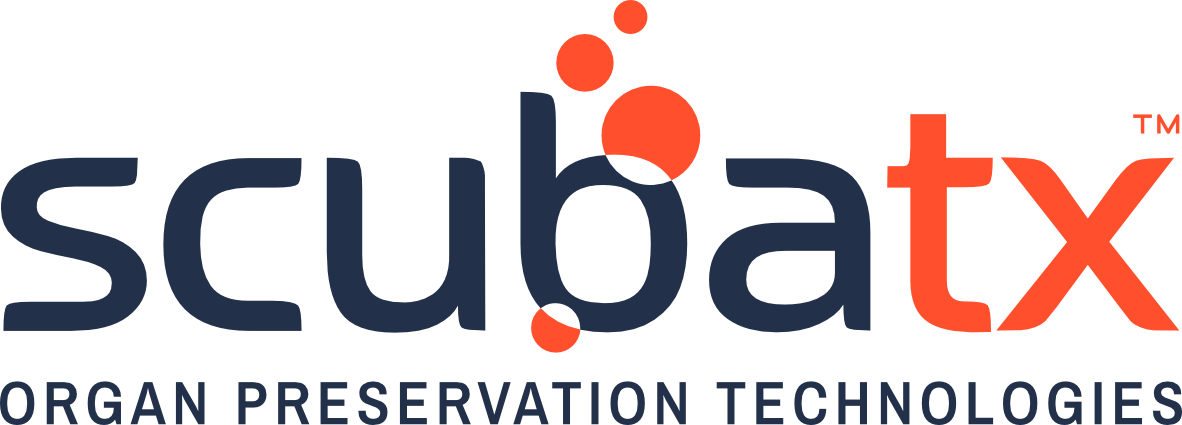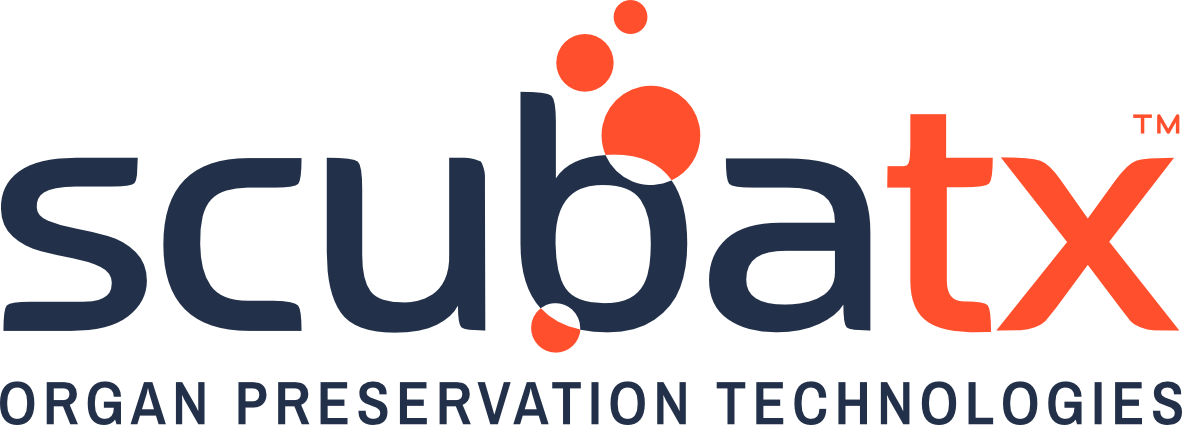DBD vs DCD: Navigating Organ Preservation in Two Worlds of Donation
Organ transplantation saves countless lives, but the viability of a donated organ hinges on how it's preserved. While most people are aware of the concept of organ donation, fewer understand that not all donations follow the same process—and that has real implications for organ preservation.
Two main types of deceased donation dominate the field: Donation after Brain Death (DBD) and Donation after Circulatory Death (DCD). Both save lives, but they present very different challenges for preservation, viability, and transplant success.
What Is DBD?
Donation after Brain Death (DBD) occurs when a patient is declared dead based on irreversible loss of brain function. Though brain activity has ceased, the heart continues to beat—often supported by a ventilator. This means organs are still being perfused with warm, oxygenated blood right up until they are retrieved for transplantation.
Why it matters for preservation:
This ongoing perfusion minimizes ischemia (lack of oxygen), giving DBD organs a distinct advantage. Organs are retrieved in a controlled, surgical environment, and preservation begins from a stable physiological state.
What Is DCD?
Donation after Circulatory Death (DCD) happens when a patient does not meet the criteria for brain death but has no hope of recovery. Life support is withdrawn, and once the heart stops and circulation ceases, a "no-touch" period is observed before death is declared.
Only then can organ retrieval begin.
Why it matters for preservation:
This process results in a period of warm ischemia—when organs are deprived of oxygenated blood at body temperature—which can cause tissue damage and compromise viability. Managing and minimizing this ischemia is a key challenge with DCD donations.
DBD vs DCD: Key Differences in Preservation
Factor
Warm Ischemia Time
DBD Organs Minimal
DCD Organs Significant (starts after cardiac arrest)
Cold Ischemia Time
DBD Organs Similar post-retrieval
DCD Organs Similar post-retrieval
Organ Perfusion Pre-Retrieval
DBD Organs Continuous
DCD Organs Interrupted
Ischemia-Reperfusion Injury Risk
DBD Organs Lower
DCD Organs Higher
Predictability & Stability
DBD Organs More controlled
DCD Organs More variable
Why Temperature Control Matters
When it comes to organ preservation, temperature is critical. Hypothermia slows cellular metabolism, reducing oxygen demand and helping limit ischemic injury. But traditional cooling methods—like packing organs in ice or using phase change materials (PCMs)—are imprecise and come with serious drawbacks.
The Limitations of Ice and PCMs:
Uncontrolled temperature swings: Ice melts unpredictably, and PCM-based systems can allow temperature drift.
Uneven cooling: Risk of localized freezing injury or hot spots inside the organ container.
No oxygenation: These methods slow metabolism but don’t provide any active support to organ cells.
Time-sensitive: Once the cooling material depletes, organ temperature rises rapidly—especially problematic for long transports or delays.
This matters most in DCD organs, where even small amounts of added injury can tip the balance between usable and discard.
Enter ScubaTx: Precision Hypothermia + Persufflation
This is where ScubaTx offers a transformative solution.
ScubaTx is a novel preservation platform that combines:
Accurate, programmable hypothermic control—specifically targeting the clinically accepted range of 4°C to 8°C, and
Persufflation, the delivery of oxygen gas directly through the organ’s vasculature during cold storage.
This dual-action approach addresses two major limitations of conventional preservation: unstable temperature and lack of oxygenation.
What Makes It Unique?
Unlike static cold storage or PCM-based systems, ScubaTx:
Maintains a consistent, clinically validated temperature range, avoiding both undercooling and the risk of freezing.
Prevents uneven cooling, minimizing injury from localized temperature extremes.
Delivers continuous oxygen support at low temperatures, preserving cellular energy stores (ATP) and reducing metabolic stress.
This controlled environment mimics the ideal physiological conditions for slowing damage, especially during the vulnerable cold ischemia window.
Benefits for DBD and DCD Organs
Why this matters:
✅ For DCD Organs:
Offsets the effects of earlier warm ischemia by restoring oxygen delivery immediately after retrieval.
Stabilizes marginal or higher-risk organs, making more of them viable for transplant.
May reduce delayed graft function and long-term complications.
✅ For DBD Organs:
Even with perfusion before retrieval, DBD organs still face ischemia-reperfusion injury.
ScubaTx’s precise hypothermia and oxygenation help reduce that damage.
May extend safe preservation time, improving transport flexibility and recipient matching.
Benefit
Temperature precision (4–8°C)
DBD Organs✅✅✅
DCD Organs✅✅✅
Continuous oxygenation
DBD Organs✅
DCD Organs✅✅✅
Reduced ischemia-reperfusion injury
DBD Organs✅✅
DCD Organs✅✅✅
Longer preservation window
DBD Organs✅✅
DCD Organs✅✅
Support for marginal organs
DBD Organs✅
DCD Organs✅✅✅
Reframing Preservation: From "Cold Enough" to "Cold, Controlled, and Oxygenated"
Rather than relying on ice baths and hoping for passive cooling, ScubaTx enables transplant teams to actively manage temperature and oxygenation—two critical variables that directly influence graft function and outcomes.
This approach doesn’t just apply to DCD grafts—it raises the standard for all organ preservation.
Organ-Specific Challenges
Not all organs respond the same way to DCD-related ischemia:
Kidneys: DCD kidneys have a higher rate of delayed graft function, but long-term outcomes can still be good.
Livers: More sensitive to warm ischemia; risk of biliary complications is notably higher.
Lungs: Surprisingly resilient—ex vivo lung perfusion (EVLP) can recondition DCD lungs with good success.
Hearts: Traditionally not used in DCD, but normothermic regional perfusion (NRP) and heart perfusion machines are expanding possibilities.
Closing Thought
Both DBD and DCD donors give the gift of life, and both deserve technologies that honor that gift by maximizing transplant success. ScubaTx and similar innovations are not just incremental improvements—they represent a paradigm shift in how we think about preserving life between death and transplant.
As we move into this new era, the focus isn’t just on retrieving more organs—it’s on making every donated organ count.

